Perfecting Your Square Foot Gardening Soil Mix
- February 27, 2024
- 0 comment
Gardening is truly where the elegance of art meets the meticulousness of science, and this is perfectly illustrated in the compact, yet incredibly productive world of square foot gardening. This method isn’t just about squeezing as many plants as possible into a tiny area; the real magic happens under the surface, in the rich, life-giving soil. The key to the bountiful success of square foot gardening lies in the special soil blend that acts as the foundation for the plants’ growth.

Creating the perfect mix—usually a blend of compost for nutrients, peat moss or coconut coir for moisture retention, and vermiculite or perlite for aeration—is akin to crafting a gourmet meal for your garden. This carefully balanced soil recipe ensures that despite the close quarters, each plant has access to the ideal conditions for growth, leading to a lush, vibrant garden in just a few square feet. It’s this attention to the ‘underground’ details that turns square foot gardening into a high-yield, space-saving gardening adventure.
Benefits of Square Foot Gardening
Square Foot Gardening offers several benefits that make it an appealing choice for gardeners of all levels, especially those with limited space or who are looking for a more manageable gardening approach. Here are some key advantages:
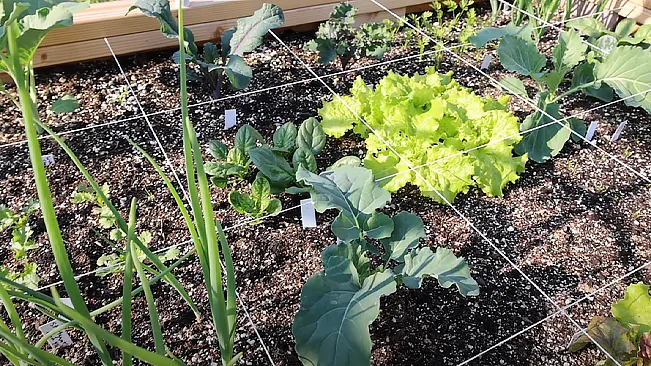
- Efficient Use of Space: By dividing the garden area into small square-foot sections, this method maximizes productivity in a minimal area, making it ideal for urban gardens or small backyards.
- Reduced Workload: Square Foot Gardening simplifies gardening tasks. The design reduces the need for weeding, and the compact layout makes it easier to manage and maintain the garden.
- Water Conservation: The dense planting method and the use of mulch or a soil mix can help retain moisture, reducing the amount of water needed.
- Soil Health: Using a specific mix of soil components (often a combination of peat moss, vermiculite, and compost) promotes better soil aeration and drainage, reducing soil compaction and the need for soil amendments.
- Accessibility: Raised square foot garden beds can be built at a comfortable height for people with mobility issues, making gardening accessible to everyone.
- Versatility: This method is adaptable to various plants, including vegetables, herbs, flowers, and small fruit bushes, allowing for a diverse and vibrant garden.
- Less Weeding: The close spacing of plants shades the soil, reducing weed growth by blocking sunlight from reaching the weed seeds.
- Improved Pest Control: The clear organization and separation of plants can make it easier to monitor and manage pests.
- Higher Yields: The intensive planting method can lead to higher yields compared to traditional row gardening, as more plants can be grown in a smaller area.
- Educational: It’s an excellent way for beginners to learn gardening basics, and for children to get involved in gardening, due to its simplicity and manageable scale.
Creating Your Perfect Soil Mix
Importance of Soil in Gardening
Soil is much more than just dirt; it’s a dynamic, living ecosystem that’s absolutely essential for the health of plants. A well-balanced soil mix is like a magic recipe—it provides plants with the nutrients they need, ensures they have enough oxygen for their roots, and holds just the right amount of water. This isn’t just about feeding plants; it’s about creating a thriving environment where plants can grow strong and healthy. Good soil is the unsung hero of a vibrant garden, supporting everything from the tiniest microorganisms to the tallest trees, proving that it’s the foundation upon which all garden life depends.
Components of a Good Soil Mix
For square foot gardening, where efficient use of space and optimal plant growth are key, a good soil mix is crafted to be light, ensure excellent drainage, and be abundant in nutrients. This specialized mix generally comprises three primary components:
Peat moss and coconut coir are both excellent for retaining moisture in soil mixes, helping to keep the soil moist for plant hydration without weighing it down or causing waterlogging.
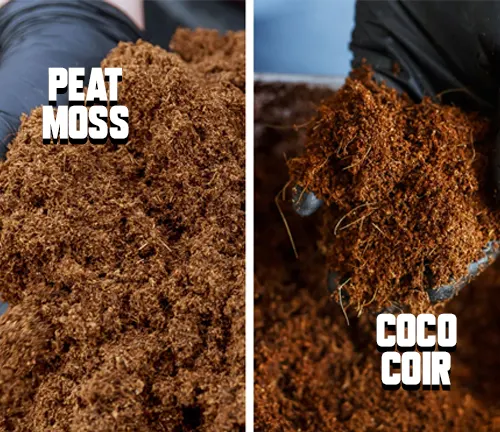
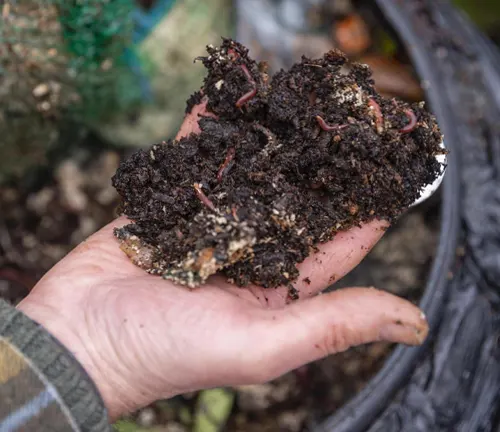
Compost acts as the nutrient powerhouse in the mix, enriching the soil with essential nutrients for plant growth and introducing beneficial microorganisms to support a healthy soil ecosystem, offering a slow-release nutrient source.
Vermiculite and perlite are crucial for soil aeration and drainage; vermiculite retains water and nutrients for root absorption, while perlite ensures efficient drainage to prevent root rot, together fostering a light, airy soil structure conducive to healthy root growth.

Adjusting pH Levels
The pH level of your soil plays a crucial role in determining the health and growth of your plants, acting as a key factor that influences nutrient availability and uptake. Most vegetables thrive best in soil that is slightly acidic to neutral, with an ideal pH range of 6 to 7. This range ensures that essential nutrients are readily available for absorption by plant roots. If the soil pH falls outside this optimal range, it can lead to nutrient lock-up, where plants are unable to absorb necessary nutrients, resulting in poor growth and yield.
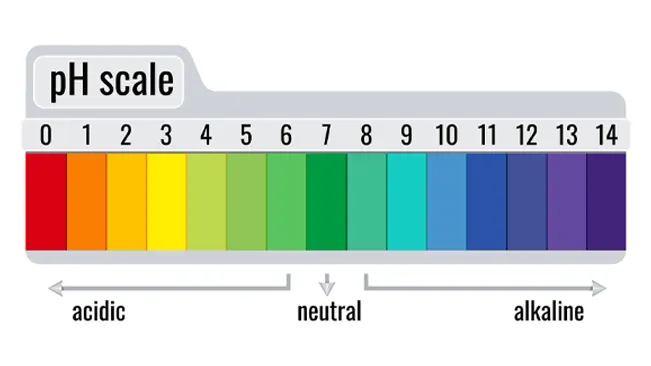
To fine-tune your soil’s pH, you can add lime if the pH is too low, which will help raise it and reduce acidity. Conversely, if the soil is too alkaline, incorporating sulfur can help lower the pH level, making it more acidic. By carefully adjusting the pH level of your soil, you can create an environment that maximizes plant health and productivity, ensuring your vegetable garden flourishes.
Testing and Adjusting Soil Texture
Achieving the perfect balance in soil texture is paramount for a healthy garden, as the ideal soil should possess the dual ability to retain adequate moisture for plant roots while also providing sufficient drainage to prevent waterlogging. If you find that your soil mix is too compact or dense, it can hinder root growth and restrict air flow, leading to poor plant health. In such cases, amending the soil with lighter materials like perlite or sand can improve its structure, enhancing aeration and drainage capabilities. Perlite, with its porous nature, increases aeration and drainage, while sand, with its larger particles, reduces soil density and improves water flow.
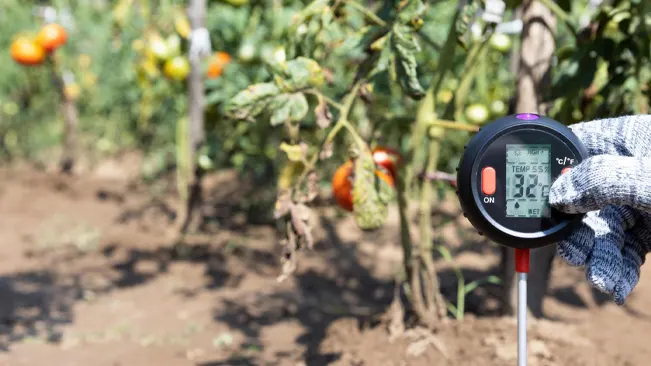
On the other hand, if your soil mix is too loose or drains too quickly, it might not hold enough water to sustain plant life, especially during dry periods. Adding peat moss or compost can remedy this issue. Peat moss has a high water retention capacity, helping to keep the soil moist, and compost, with its rich organic matter, not only improves moisture retention but also adds valuable nutrients to the soil. By adjusting the composition of your soil mix with these amendments, you can create an optimal growing medium that supports robust plant growth and development.
Maintenance and Care
Maintaining and caring for your soil mix is crucial to ensure it continues to support healthy plant growth over time. Here are some key practices for soil mix maintenance and care:
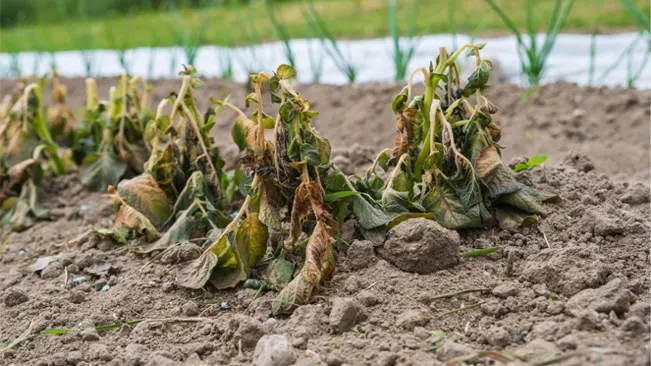
- Regular Testing: Periodically test your soil’s pH and nutrient levels to identify any deficiencies or imbalances. Adjusting the pH with lime or sulfur and replenishing nutrients with organic or inorganic fertilizers can correct these issues.
- Organic Matter Replenishment: Continually add organic matter to your soil mix in the form of compost, aged manure, or leaf mold. Organic matter improves soil structure, enhances nutrient content, and supports beneficial microbial activity.
- Mulching: Apply a layer of mulch around your plants to conserve moisture, regulate soil temperature, suppress weeds, and gradually add organic matter to the soil as it decomposes.
- Aeration: If the soil becomes compacted, aerate it to improve oxygen flow to plant roots. This can be done gently with a fork or a specialized aeration tool, being careful not to damage plant roots.
- Water Management: Ensure your soil mix remains moist but not waterlogged. Over-watering can lead to root rot, while under-watering can stress plants. Use a watering schedule adapted to the needs of your plants and the weather conditions.
- Crop Rotation and Rest Periods: If you’re growing vegetables or other annuals, practice crop rotation to prevent soil-borne diseases and reduce nutrient depletion. Allowing soil to rest or planting cover crops can also rejuvenate soil health.
- Weed Control: Keep the area free of weeds, which compete with your plants for nutrients and water. Remove weeds by hand or use organic mulches to suppress them.
- Pest and Disease Management: Monitor for signs of soil-borne pests and diseases. Use organic methods where possible, such as introducing beneficial insects, applying natural fungicides, or using crop rotation to break pest and disease cycles.
- Amendment Adjustments: Based on your ongoing assessments, adjust the proportions of perlite, peat moss, compost, and other components in your soil mix to maintain the ideal structure and nutrient balance.
Conclusion
Mastering the soil mix for square foot gardening is an evolving process that hinges on tuning into your garden’s specific needs. This journey teaches you to tailor a nurturing environment where your plants can thrive. The key to a fruitful garden is crafting a soil mix that is not just generic, but one that harmonizes with the unique requirements of your plants and your gardening goals. Embracing this adaptive approach ensures your garden’s vitality and productivity, laying the groundwork for a lush, thriving green space.
FAQs
- What is square foot gardening?
Square foot gardening is a method of creating small, orderly, and highly productive kitchen gardens by dividing growing areas into small square sections (typically 1×1 foot). It optimizes space and resources, making it ideal for gardeners with limited space. - Why is the soil mix important in square foot gardening?
The soil mix in square foot gardening is crucial because it ensures that plants have the ideal environment for root growth, nutrient uptake, and water retention. A well-formulated mix can lead to healthier plants and higher yields. - What are the components of a standard square foot gardening soil mix?
A standard square foot gardening soil mix, often referred to as “Mel’s Mix,” typically consists of one-third peat moss or coco coir for moisture retention, one-third vermiculite for aeration, and one-third blended compost for nutrients. - Can I use regular garden soil in my square foot garden?
It’s not recommended to use regular garden soil in square foot gardening. Garden soil can be too dense, leading to poor aeration and drainage. It might also contain weed seeds and pathogens. The specialized mix promotes better growth conditions. - How often should I replace the soil in my square foot garden?
You don’t need to completely replace the soil each year, but it’s beneficial to refresh the nutrients by adding new compost at the beginning of each growing season. If the soil structure deteriorates over time, consider rejuvenating or replacing the mix after several seasons. - Is it necessary to test the pH of the soil mix?
While the balanced nature of the square foot gardening mix often provides a suitable pH for most vegetables, testing the pH can help you make any necessary adjustments for specific plants that have unique pH requirements. - Can I make my own compost for the soil mix?
Absolutely! Making your own compost is a great way to recycle kitchen scraps and yard waste into rich nutrients for your garden. Ensure your compost is well-rotted and balanced for the best results. - How do I maintain the fertility of the soil mix over time?
Adding compost regularly is key to maintaining soil fertility. You can also consider adding organic fertilizers or amendments based on specific plant needs and soil tests. - What should I do if my soil mix retains too much water or drains too quickly?
If the soil retains too much water, consider adding more vermiculite to improve drainage. If it drains too quickly, increasing the peat moss or coco coir component can help retain moisture. - Are there any alternatives to the components of the standard soil mix for square foot gardening?
Yes, if certain components are unavailable or unsustainable in your area, you can use alternatives. For instance, rice hulls or perlite can substitute for vermiculite, and well-rotted leaf mold can replace peat moss or coco coir to some extent. Always ensure the alternatives you choose still provide the necessary properties for moisture retention, aeration, and nutrients.

Charles Hayes
Forestry AuthorI'm Charles Hayes, I bring over 15 years of specialized expertise in landscaping and woodworking, blending artistic design with sustainable environmental stewardship. My career, fueled by a profound passion for the natural world, encompasses extensive education and hands-on experience in creating harmonious, eco-friendly outdoor spaces and responsibly managing forest resources. Recognized for my professional standing, I am committed to continuous learning and certification in cutting-edge practices. My expertise is not only reflected in my work but also in my contributions to community projects, educational workshops, and collaborations with industry leaders. As an authoritative voice in my field, I strive to share knowledge and promote environmentally conscious approaches, making me a trusted resource in landscaping and forestry.



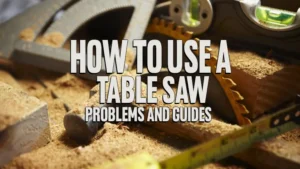


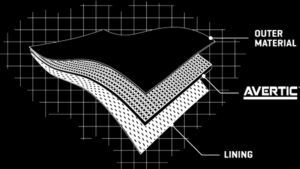




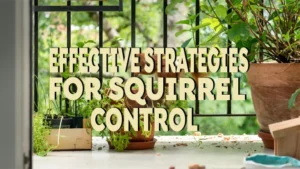

Leave your comment